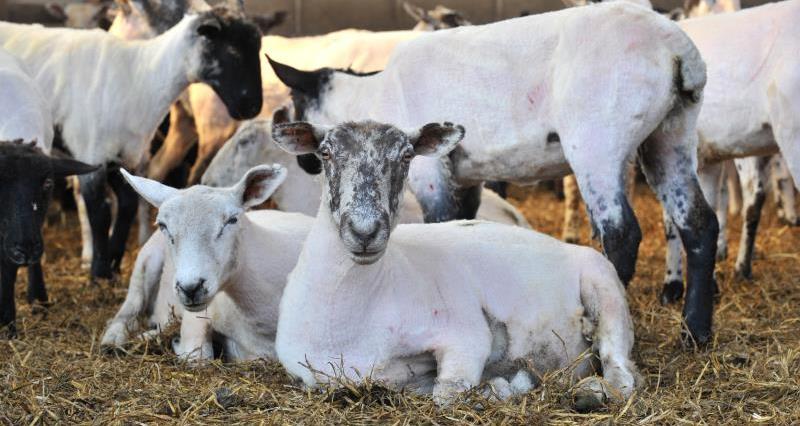Minimising disease risks posed to and by sheep at shearing is critical in maintaining flock health on farm and across the industry.
This was the message from farming bodies that have collaborated in updating best practice guidelines on shearing for this year’s shearing season.
NSA chief executive Phil Stocker said: “It is absolutely vital that all involved in shearing ensure they are working at the highest possible standard and following best practice guidelines to ensure optimum health and welfare of both sheep and handlers is maintained.”
Nerys Wright, independent sheep consultant and technical adviser to SCOPS, said: “There is a joint responsibility between farmers and shearers.
“If your shearer doesn’t know that your flock has been affected by a contagious disease, such as scab, they may unknowingly spread it”.
The first step is to be honest with your shearer and tell them if you have scab or something else contagious, adds Nerys.
“They might decide to shear your farm last or agree a disinfection plan before they leave”.
�ʼһ���welcomed the updated guidance and urged members to use read the latest information and advice on biosecurity measures.
NFU chief livestock adviser John Royle added: “�ʼһ���welcomes the NSA’s updated sheep shearing guidance which places a greater emphasis on biosecurity.
“This advice will be a helpful reminder at a time when there is a threat from exotic diseases such as foot and mouth disease in Europe as well as endemic diseases like sheep scab.
“All of these have the potential to be spread from farm to farm and it therefore continues to be crucial for us all to take a closer look at how we can prevent their introduction and spread.”
5 tips for safer shearing
Below are some key guidelines to ensure cleanliness and reduce the risk of disease spread during shearing:
- Establish the flock health status before shearing starts and agree on what steps will be taken to safeguard health status and prevent disease spread. Foot rot, particularly CoDD (contagious ovine digital dermatitis), scab, lice, ticks, and CLA (caseous lymphadenitis) should be discussed.
- Disinfect - Shearers should clean and disinfect combs and cutters, shearing trailers, and change clothes (including moccasins) after finishing with each flock. Farmers should assist shearers with cleaning and disinfecting procedures.
- Reduce exposure - Shear younger, fitter sheep first, followed by older and less healthy sheep to reduce the risk of cross-infection.
- Personal hygiene – Everyone handling sheep should wash hands frequently and clean and disinfect boots.
- Clean and disinfect as you go - Sheep with obvious issues that could infect the handpiece, such as orf, scab, or lumps (which could be CLA), should prompt the shearer to stop, change/disinfect their comb and cutter and other items that may have been in contact. Wash hands where necessary.




